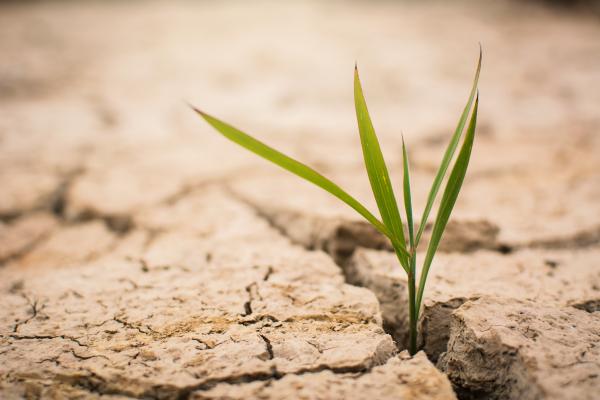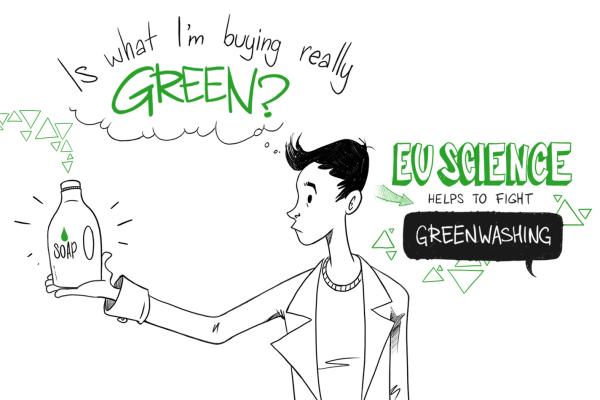
New, emerging bio-based products can substantially reduce greenhouse gas emissions. A systematic analysis of the environmental trade-offs of 98 products, reported in 130 studies, found that bio-based products emitted 45% less greenhouse gas (GHG) during their life cycle compared to their fossil counterparts.
The study, The potential of emerging bio-based products to reduce environmental impacts, contributes to the debate on the sustainability of bio-based products and the environmental benefits of replacing fossil- by bio-resources.
Despite finding that 80 out of the 98 products had lower GHG footprint than the fossil alternatives, the study showed a large variation between individual bio-based products, and none of them reaching net-zero emissions.
Additionally, there are indications that other environmental effects may arise as potential trade-offs, such as eutrophication. The latter is due to the use of fertilisers and can lead to an oxygen deficiency in water, this affecting the biodiversity. This requires extra attention if bio-products are to be used on a large scale.
The findings suggest that the environmental sustainability of bio-based products should be evaluated individually and that further efforts in product developments are required to reach climate-neutral targets.
In the EU, the Bioeconomy strategy was devised to help achieve a sustainable bio-based economy. It contributes to the European Green Deal and its goal to achieve a net-zero continent by 2050.
Related links
The potential of emerging bio-based products to reduce environmental impacts
Details
- Publication date
- 7 February 2024
- Author
- Joint Research Centre
- JRC portfolios




